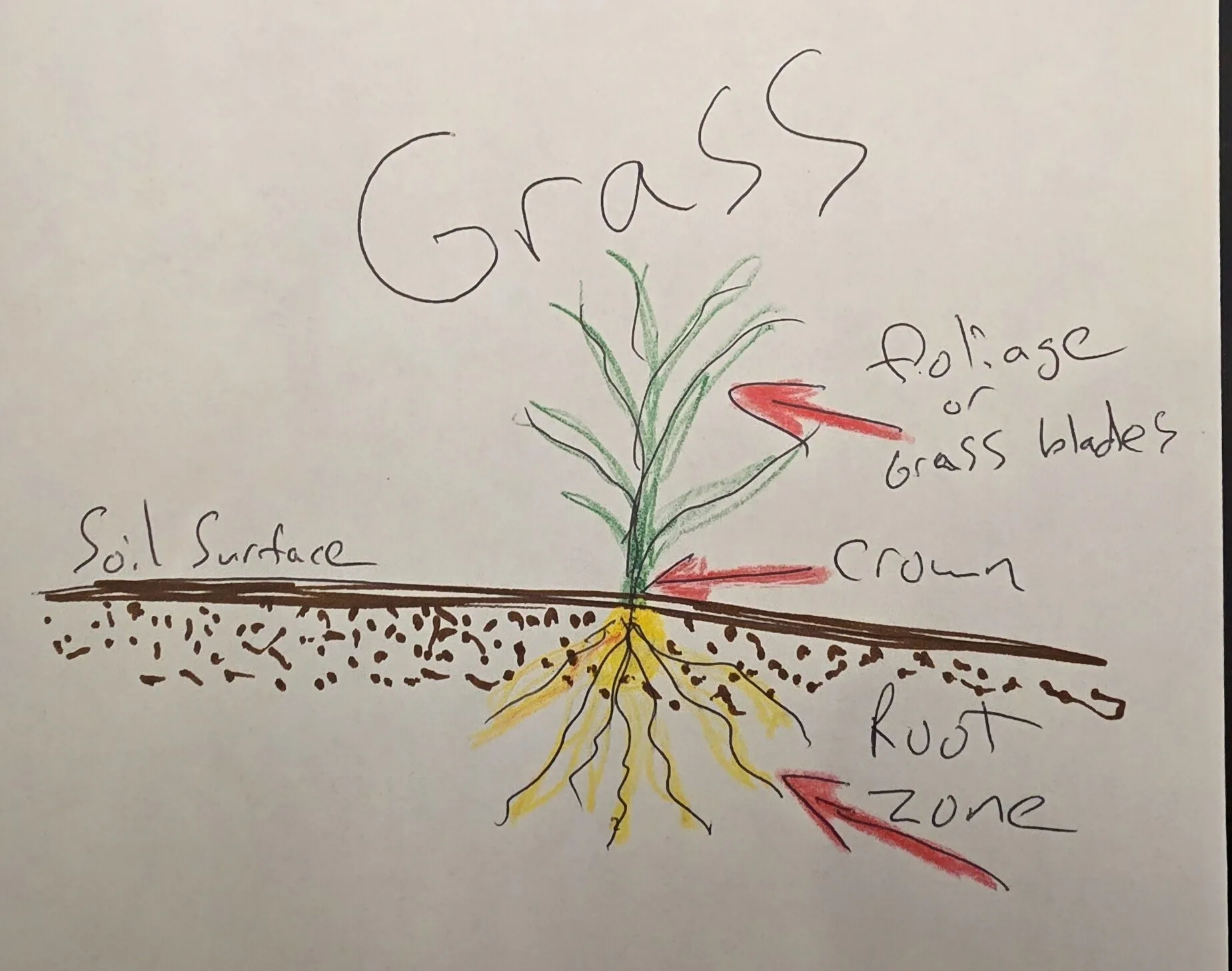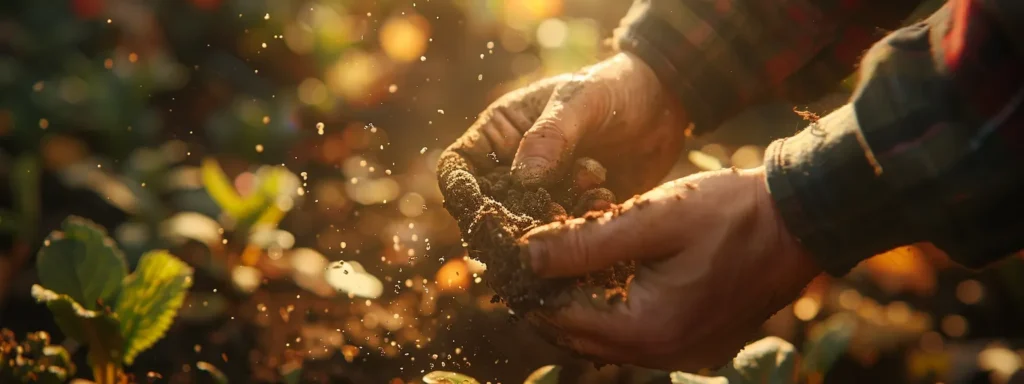
Why Fall Is the Best Season for Lawn Maintenance
Unlocking Your Lawn’s Potential Through Smart Autumn Strategies By Greg Yopp
The Benefits of Fall for Lawns
As summer fades, lawns are likely looking rough and showing signs of stress. Many homeowners say screw it, and wait until spring to address these problems, but experts know that fall is the optimal time for lawn care. Fertilizing, core aeration, overseeding, and spot seeding are all most effective during autumn, when environmental conditions favor healthy growth.
Why Autumn Matters for Your Turf
Cool-season grasses—like Kentucky bluegrass, perennial ryegrass, and fescue—grow roots most actively in fall. Lower temperatures ease stress, and increased rainfall supports deep root formation, preparing the lawn to weather winter and burst back to life in spring. With fewer weeds and less disease pressure, autumn creates an ideal opportunity to help your lawn thrive.
Fertilization: Preparing Roots for Spring
Applying fertilizer in the fall gives your grass crucial nutrients during its most active root growth phase. While spring fertilization encourages foliar growth, fall fertilization strengthens roots and builds reserves for the colder months. My preference is to feed heavily in the fall, so when spring arrives, I’ll feed a small half rate to get it greened up
- Early fall fertilizer helps your lawn recover from summer heat and stress.
- Late fall fertilizer builds up energy stores for a quick, healthy spring green-up.
Choose high-nitrogen, slow-release formulas for robust root development and add potassium for improved cold and disease resistance.
Core Aeration: Improving Soil Health
Soil compaction limits the flow of air, water, and nutrients to the grass roots. Core aeration—removing small plugs of lawn—reduces compaction, refreshes the root zone, and sets the stage for better growth. Fall is the best time to aerate because grass is actively growing and can quickly recover, and moist conditions help the aerator work efficiently. Aeration before fertilizing ensures nutrients reach roots more effectively. Many lawn professionals will do aeration at the same time as seeding, but I do not like this method. Doing so will work in the short term, but it will eventually die off. The problem is that it gets planted too deeply. The base or crown, the section of the grass plant between roots and foliage, is planted below the soil surface and will eventually die off. You don’t plant a tree trunk below the surface, and you don’t grow grass too deep either. Unfortunately, I see this practice being utilized every year.
Overseeding: Thickening and Revitalizing Your Lawn
Overseeding in autumn is more successful for cool-season lawns than spring planting. By spreading new seed over existing grass, you fill thin spots, introduce improved varieties, and boost lawn density.
- Warm soil encourages rapid germination.
- Cool air protects young seedlings.
- Fewer weeds mean new grass has less competition.
- Rain helps seeds and roots establish.
Using an overseeder machine increases seed-to-soil contact and protects seeds from pests and the elements.
Spot Seeding: Targeting Trouble Areas
For small bare or thin patches, spot seeding is a practical solution. A Garden Weasel or similar tool loosens soil and improves seed contact, making repairs more successful.
- Spot seeding is precise, efficient, and cost-effective for minor repairs.
- The manual tool breaks up soil better than raking.
- It can be done anytime through the fall as issues arise.
Choosing the Right Method: Overseeder vs. Weasel
- Use an overseeder for widespread thinning or when introducing new varieties.
- Use the weasel for isolated troubled spots.
- Combining both techniques often yields the best results.
Additional Tips for Fall Lawn Care
- Rake leaves regularly to prevent disease and suffocation.
- Continue mowing, lowering the blade height for final cuts.
- Apply weed control products while weeds are vulnerable, but not on fresh seedlings
- Water when rainfall is insufficient, especially after seeding. Aim for about an inch a week. If you don’t know how much water you’re getting, stick a tuna can out there.
Conclusion: Fall Effort, Spring Reward
Dedicating time to your lawn in the fall pays off in the spring. Fertilization, aeration, overseeding, and spot seeding build strong roots and a thick, healthy lawn. Whether using machines for large areas or manual tools for minor repairs, consistent fall maintenance ensures your lawn’s beauty and resilience for years to come.
502-233-2669
502 267 7777
502 356 7436
502 208 6566


